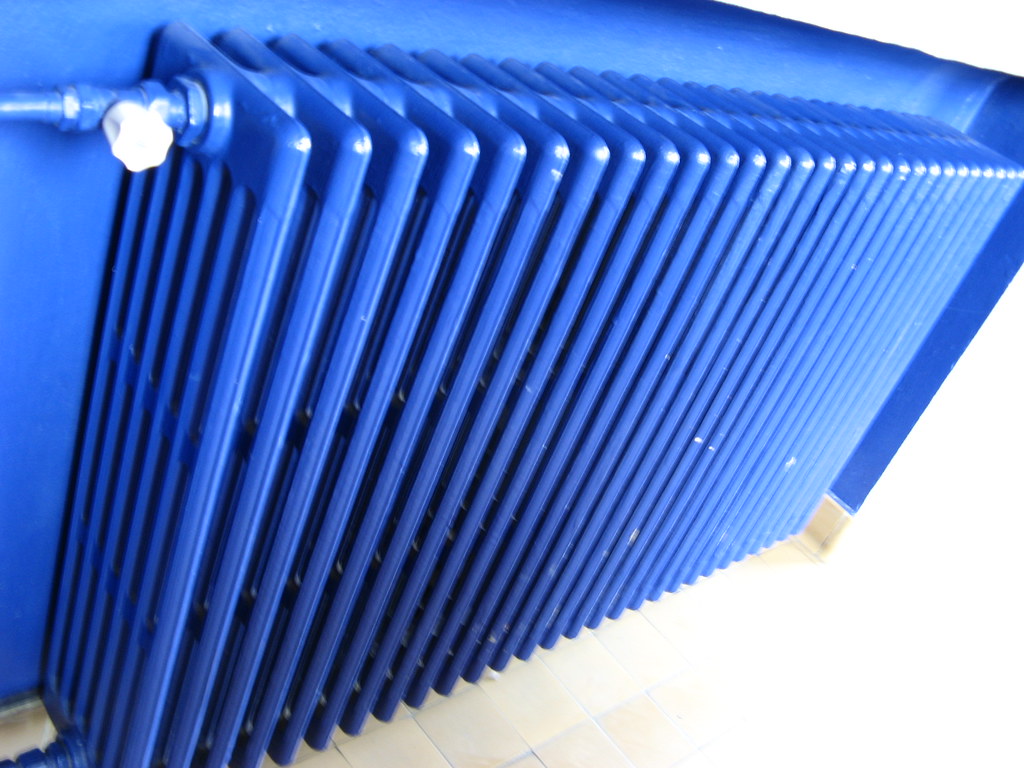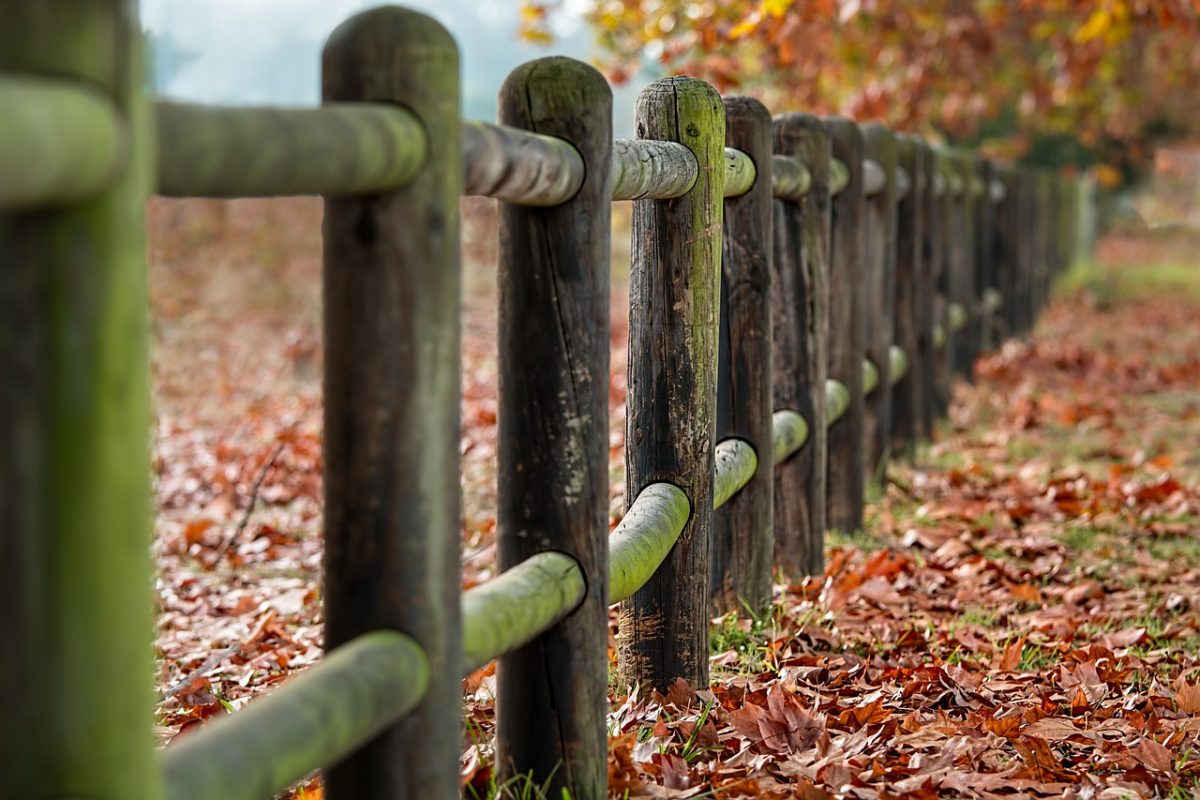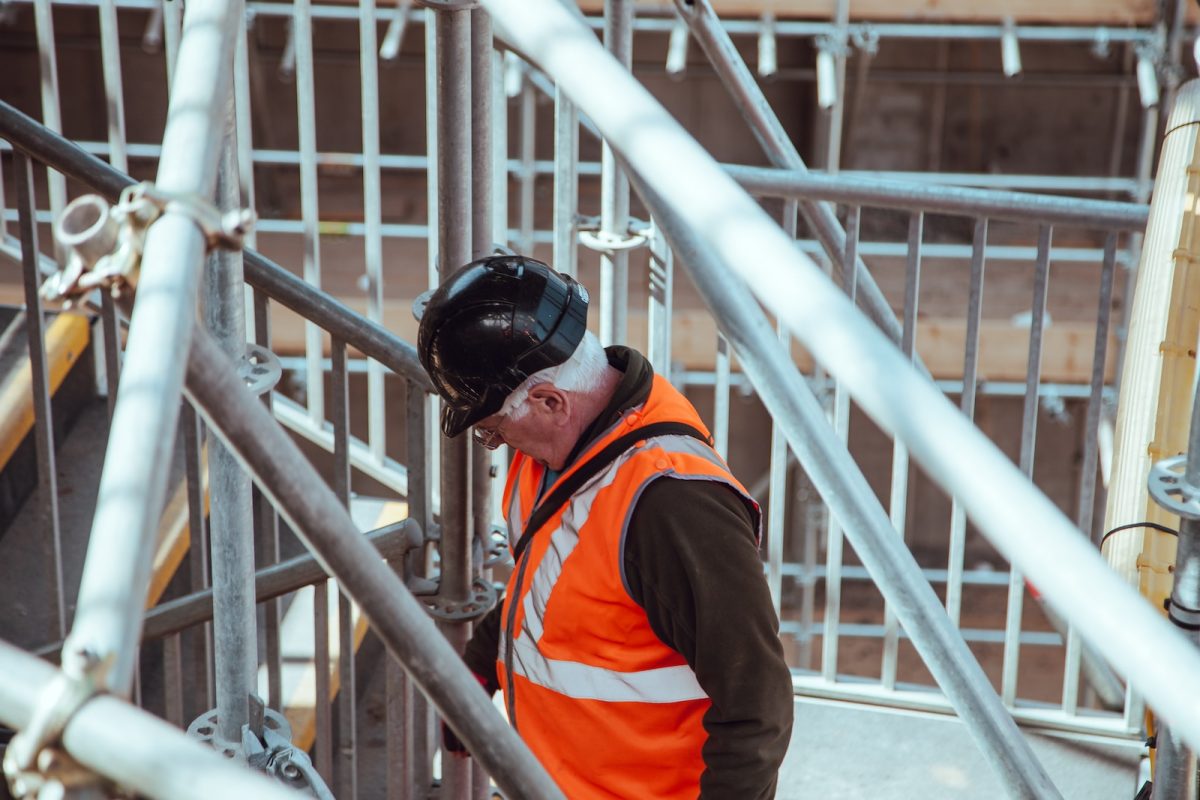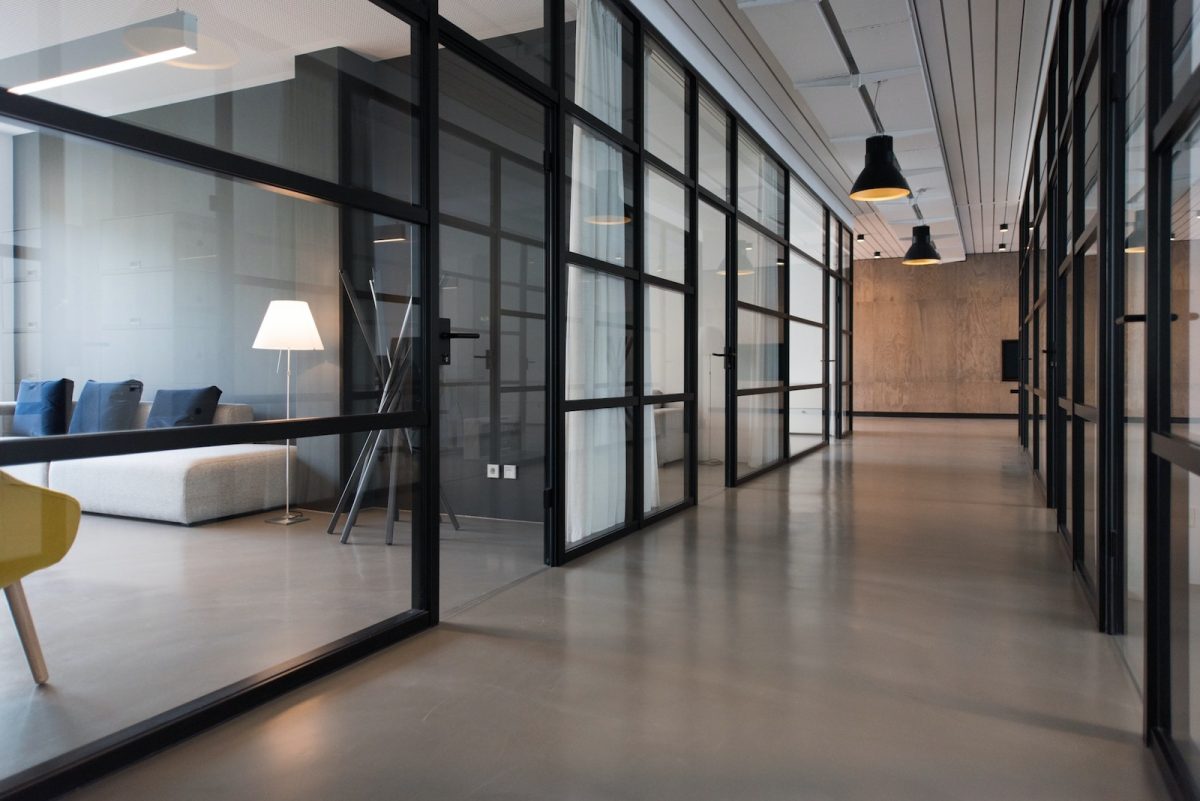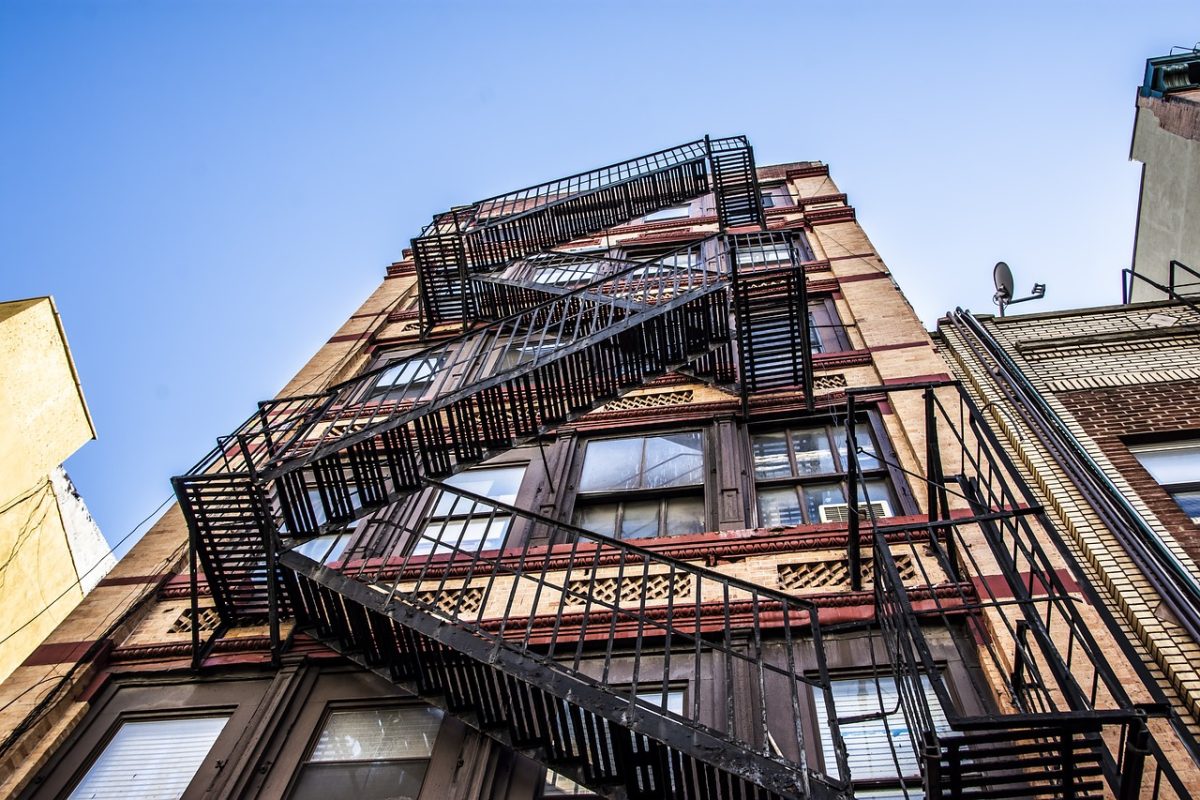The thermal comfort of a home relies largely on an efficient heating system. Among the most popular solutions are cast iron radiators, recognized for their ability to diffuse homogeneous and lasting heat. However, to maintain their performance, a regular operation is necessary: purging. This guide explains how to bleed a cast iron radiator step by step, to ensure optimal heat distribution in your interior.
Understanding the need to bleed a cast iron radiator
Bleeding a radiator is essential to remove air, which can hinder the circulation of hot water and therefore reduce heating efficiency. Without this operation, you may encounter problems such as:
- Uneven distribution of heat
- Unpleasant noises coming from the radiator
- Higher energy consumption due to reduced efficiency
Preparing to bleed your radiator
Before you begin, make sure you have the necessary materials:
- A suitable purge key
- A container to collect water
- A cloth to clean
- Protective gloves for handling the hot radiator
Step 1: Turn off the boiler
Start by turning off your boiler or putting it in summer mode to prevent hot water from circulating during purging. Wait for the radiators to cool to avoid any risk of burns.
Step 2: Locate the trap
Find the bleeder, usually located at the top of the radiator, opposite the supply valve. Depending on the model, your radiator will be equipped with a flywheel bleeder or a bleeder screw.
Step 3: Bleed the Radiator
Place the container under the drain to collect the water that will flow out. Use the bleeder wrench to carefully open the bleeder. When water begins to flow continuously, it means that all the air has been removed. Then tighten the bleeder without forcing too much to avoid damaging the mechanism.
| Stage | Action to perform | Details |
|---|---|---|
| 1 | Turn off the boiler | Stop the boiler or put it in “summer” position and wait for the radiators to cool. |
| 2 | Loosen the bleeder screw | Locate the bleeder system, place a container underneath, and gently loosen the bleeder screw until you hear a hissing sound. |
| 3 | Proceed with purging | Allow air to escape until water flows out, indicating all air has been expelled, then gently close the trap. |
| 4 | Reinject water and restore pressure | Use the boiler fill valve to add water to the circuit and restore the proper pressure. |
| 5 | Final checks | Ensure that there are no leaks from the bleed screws and that the boiler can be restarted safely. |
Restore heating system pressure
After bleeding, it is necessary to check and adjust the water pressure in the central heating system. Refer to your boiler pressure gauge and adjust the pressure according to the manufacturer’s recommendations, generally between 1 and 1.5 bar for optimal operation.
Final check
Once the purge is complete, check that there is no leak from the trap. If everything is in order, you can restart your boiler. Observe the operation of your radiators to ensure that the heat is distributed correctly.
In conclusion, bleeding your cast iron radiators is a crucial step in ensuring efficient heat distribution throughout your home. This operation, relatively simple to carry out, contributes to the comfort of your interior while optimizing your energy consumption. Do not hesitate to carry out this maintenance at least once a year, ideally before the arrival of winter, to prepare your heating system to operate optimally.

